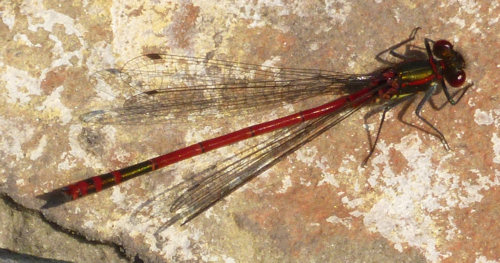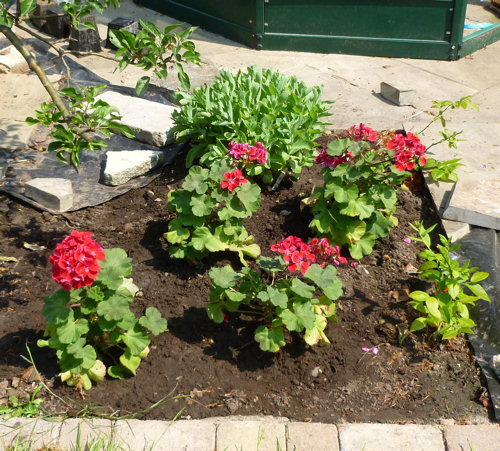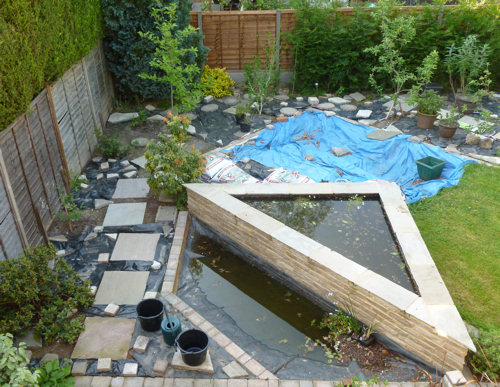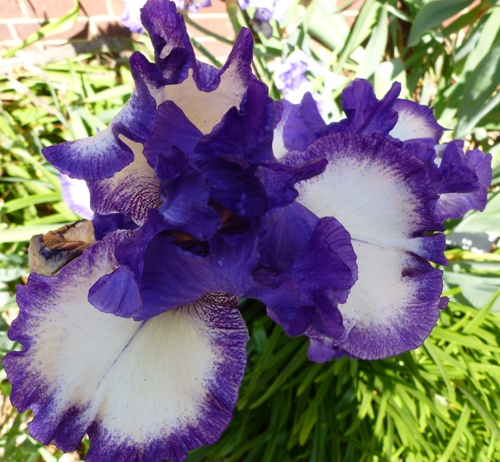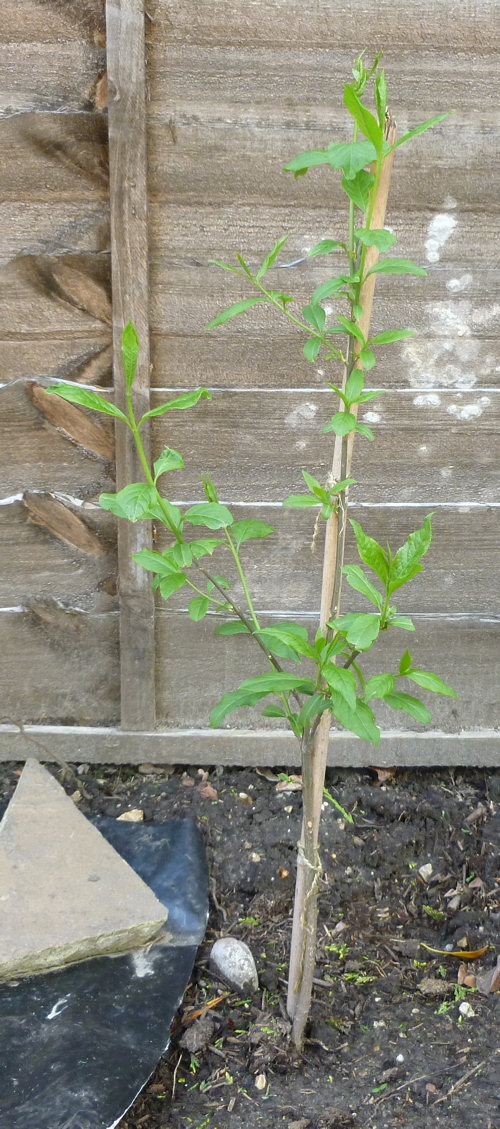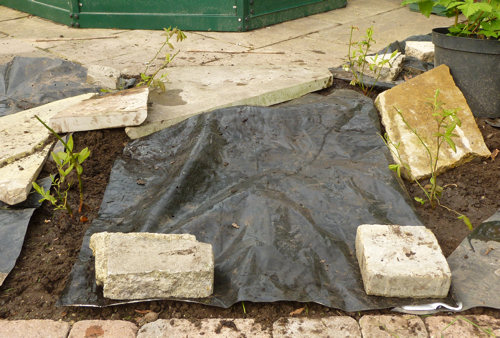As soon as the hosepipe ban came into effect, we have had rain almost every day. On the whole I am pleased about this. It is my busiest time for tutoring, and so I have very little time available for doing anything to the garden, and it helps save time if I don’t have to water anything. The anti vine weevil nematodes that I applied a couple of weeks ago want a good supply of water, which has been arranged for me, and my newly-planted shrubs have not needed any attention. On the other hand, when my life gets almost completely taken over by work, it can make all the difference if I get to spend an hour or two in the garden.
Today has been no exception to the pattern of this April, with frequent showers but some sunny moments in between. I decided to take stock of the quick and the dead, hoping that there wouldn’t be anything in the latter category.
My neighbour said that the Residents’ Crinodendrons were dead, pointing out not unreasonably that an evergreen plant is supposed to have leaves on it.

Crindodendron in the communal planting area, looking dead
The Crindodendrons were both doing fine until we had a very cold snap in February, whereupon their leaves went black and fell off. However, on close inspection it becomes apparent that something is happening. Either the plant is producing some new leaves, or it’s been infested by a bright red pest that doesn’t move.

Crinodendron not dead after all
My neighbour also complained about my Camellia. I had to agree with him. The poor thing is very yellow this year.
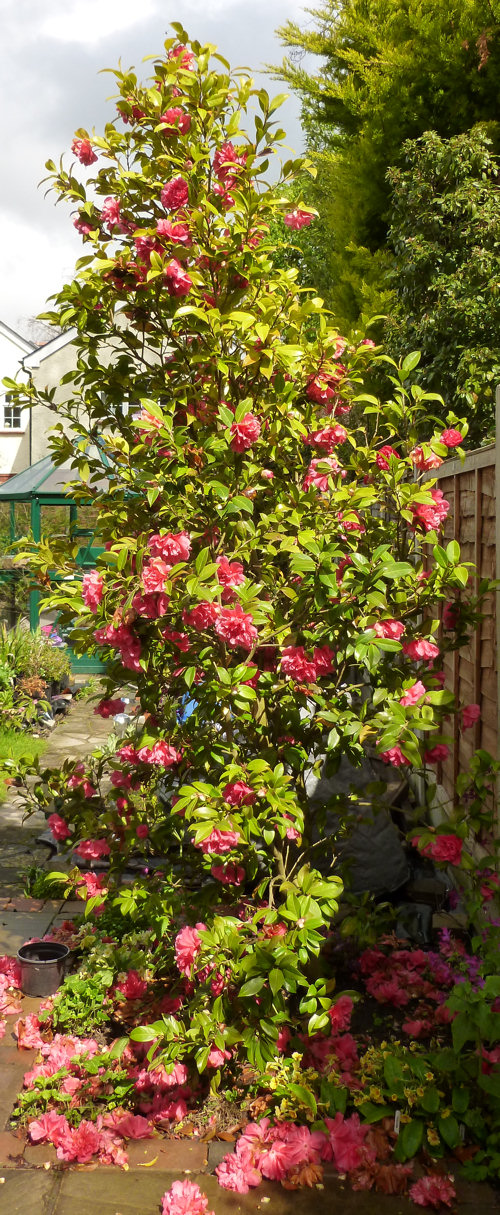
Camellia looking yellow
I have given it some camellia food, both slow release and water soluble, and I will carry on feeding it this year. I think it has improved, but it may take time. This year I have noticed a general increased yellowness among camellias and I am wondering if the very dry weather has caused it. Camellias like moist soil, and perhaps even established plants have not been impressed with the low rainfall.
I was also very worried about the fuchsia Alice Hoffman who was a present from a student last summer. She is still not looking very vibrant.

Fuchsia Alice Hoffman looking dead
But she too is producing new leaves. At first I thought they were weeds or bits of marjoram (I overwintered her by burying her in the marjoram patch). It was difficult to get them in focus for a photograph, but here is my best shot:

New shoots from Alice Hoffman
It seems strange that these plants are only just beginning to get going now, at the end of April. Even the beech tree next door is slow off the starting blocks.

Beech tree next door, still leafless
We have lots of rain still to come in the next few days, but there may be some more settled weather as we get into May. I think that there will be a lot of catching up to do in the next couple of weeks.






